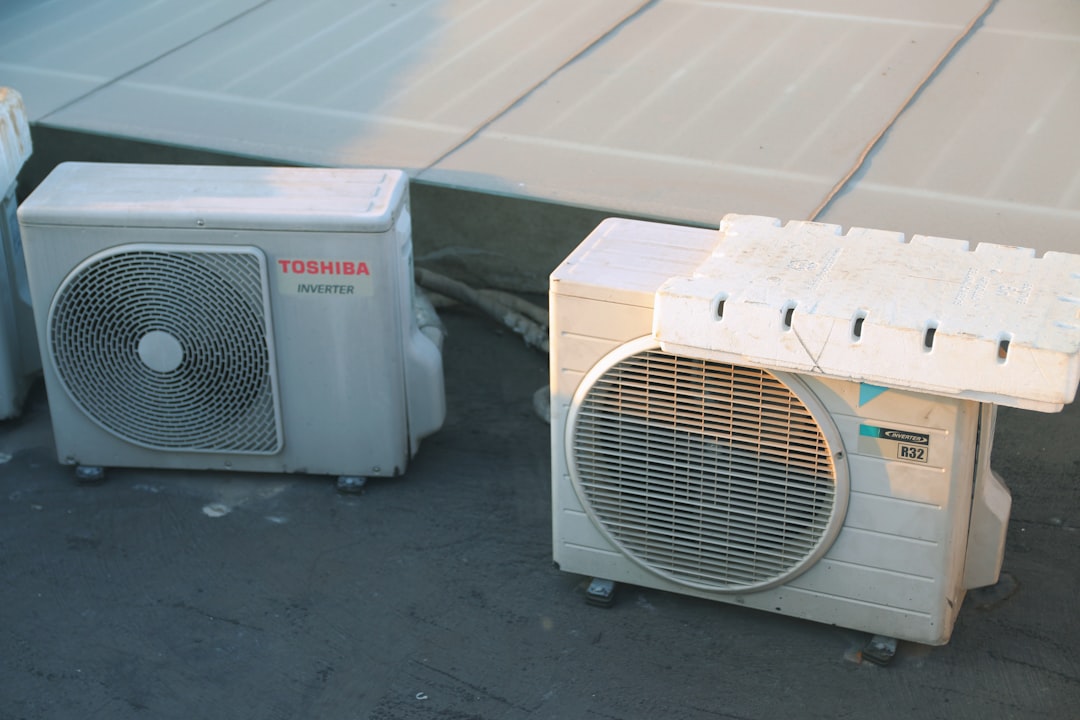Building construction is a complex process that requires planning, skill, and precision. One of the critical aspects of building construction is the foundation. The foundation supports the weight of the building and transfers it to the soil. Ground beams and pad foundations are two types of foundations used in building construction.
A ground beam is a reinforced concrete beam that runs around the perimeter of a building. It rests on the ground below and supports the walls. Typically, ground beams are used in structures that have a suspended timber ground floor or where the walls are not load-bearing. It is sometimes also used in conjunction with a pad foundation in areas with complex ground conditions.
On the other hand, a pad foundation is a shallow foundation that supports columns or individual posts. The foundation consists of a reinforced concrete pad that spreads the load of the column or post over a larger area. The depth of the pad foundation depends on the load it carries and the strength of the soil below it.
Both ground beams and pad foundations have their advantages. Ground beams are easy to construct and provide a stable base for the walls. This type of foundation is also suitable for structures built on sloping ground. Furthermore, it is cheaper to construct than other types of foundations.
Pad foundations are suitable for buildings with columns or stanchions that are spaced quite far apart. This type of foundation is adaptable to different soil types and can be designed to carry heavy loads. Pad foundations require less excavation, which is cost-effective when the soil is firm.
When designing foundations, the soil conditions play a crucial role. Before beginning the foundation, the ground must be checked for its competency. Investigation of soil samples can reveal soil properties that might influence the type of foundation required and the load-bearing capacity.
In some instances, engineers can take advantage of the soil properties and design the foundations accordingly. For example, if the soil has a high load-bearing capacity and is free of organic materials, a pad foundation may be sufficient for the structure. If the soil is less stable, then ground beams may be the better choice for stability.
When constructing pad foundations, it is essential to ensure that the soil underneath has been properly compacted. Loose soils can cause the foundation to sink, leading to cracks in the structure. This can be avoided by ensuring that the soil is compacted to the required density.
Ground beams can be reinforced by placing a layer of steel in them. This makes the foundation more resistant to lateral forces such as wind, earth pressure, and seismic activity. The reinforcing steel helps to distribute the loads evenly throughout the foundation.
Ground beams and pad foundations are two types of foundations used in building construction. Ground beams provide support for the walls and are appropriate for structures with suspended timber floors or where the walls are not load-bearing. Pad foundations, on the other hand, support columns or stanchions and are suitable for buildings with relatively low loads. Soil conditions and properties play a significant role when selecting the type of foundation for a building. Both foundation types provide stability and ensure the safety of the structure.











